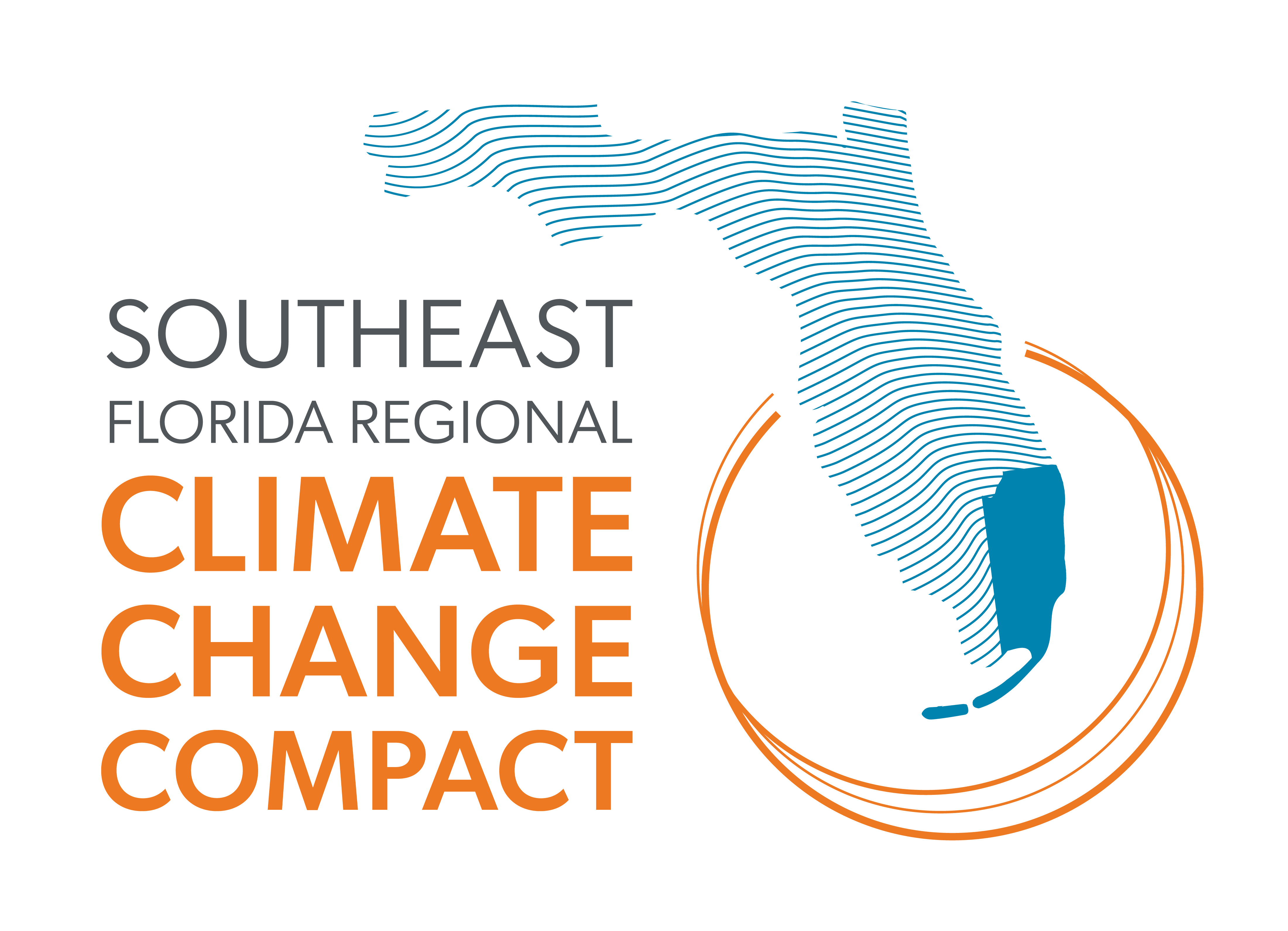
News
City of Hollywood adopts Comprehensive Stormwater Master Plan, $1 billion investment, 30-year strategy
October 2, 2025

At its June meeting, Hollywood’s City Commission approved and adopted a Comprehensive Stormwater Master Plan (SWMP), prepared by the Department of Public Utilities and the City’s consulting engineer, with an estimated investment of $1 billion over the next 20 to 30 years.
The SWMP is the City’s formal strategy for reducing flood risk and strengthening drainage infrastructure. Community input was central to shaping the Plan, with public meetings and Commission workshops helping refine priorities and strengthen its legitimacy. Its adoption indicates a shift in the City’s approach from reactive repairs to proactive, system-wide solutions. It follows two years of engineering analysis, based on a dynamic stormwater modeling of rainfall, topography, sea level rise, and system performance. The data was gathered by evaluating throughout the City and has resulted in the development of an improvement plan. Plan highlights include ways to address stormwater drainage, flood control measures, water quality and aquifer recharge, conservation, and reuse. Focus was paid to the stormwater utility’s sufficiency, long-term financing options, and community acceptance for fairness in execution, adaptability, resiliency, and sustainability. The Plan also emphasizes coordination with FDOT, Broward County, and neighboring jurisdictions to ensure system-wide resilience across boundaries.
Recommendations include upgrading existing systems and adding new exfiltration systems, inlets, pump stations, outfalls, gravity and pumped injection wells, swales, and backflow prevention devices. Raising seawalls, shoreline armoring, and raising roadways are also part of the plan. Eighty-one projects have been identified as part of a phased approach for short-term, medium-term, and long-term horizons, along with a seven-year agile work plan designed to deliver visible results as new data or funding becomes available.
- Smaller jobs, costing less than $4 million, have been identified to resolve “hot spots” in the near-term and will be funded through current fees.
- Large capital projects, costing $25 million to $40 million each and designed to provide flood control to entire neighborhoods, are expected to be funded by future bonds, grants, and/or loans.
The first capital projects proposed for approval and funding were selected based on criteria such as shovel-readiness, flood vulnerability, community impact, and those furthest along in design and permitting phases. These projects will help to demonstrate progress to the community and potential funding partners.
